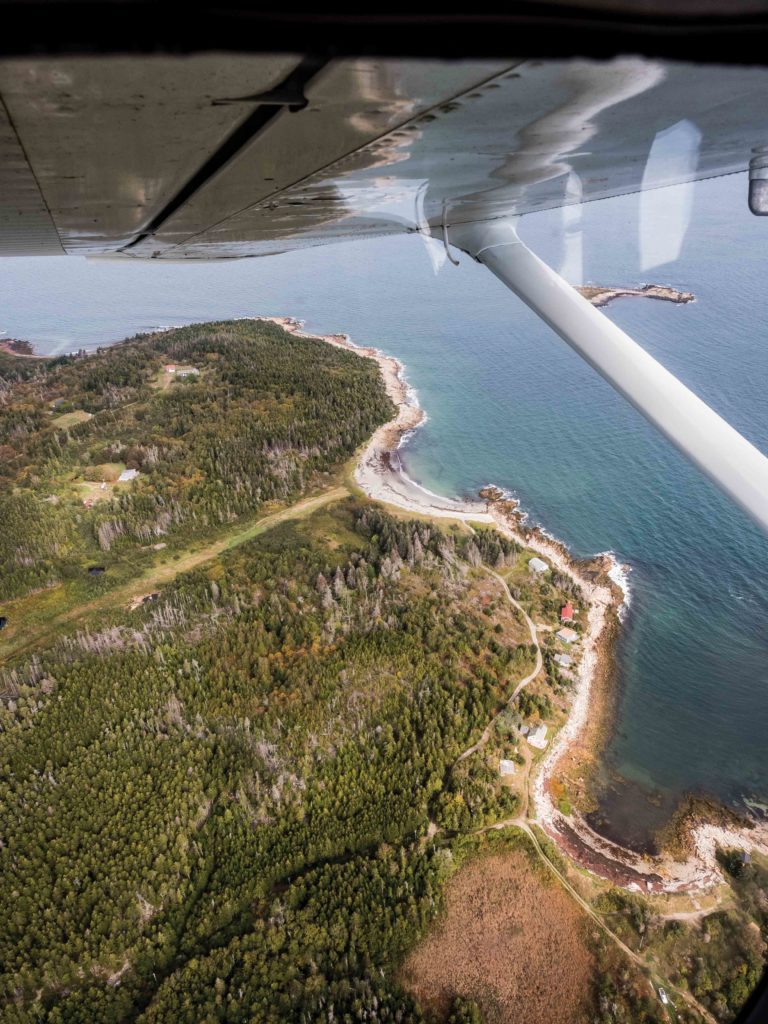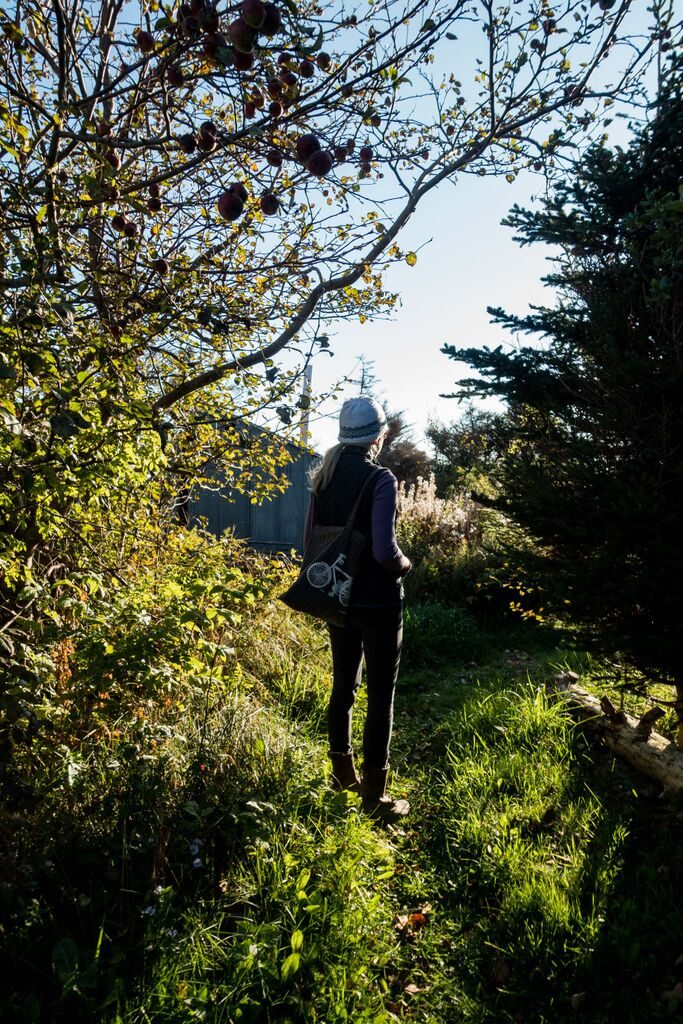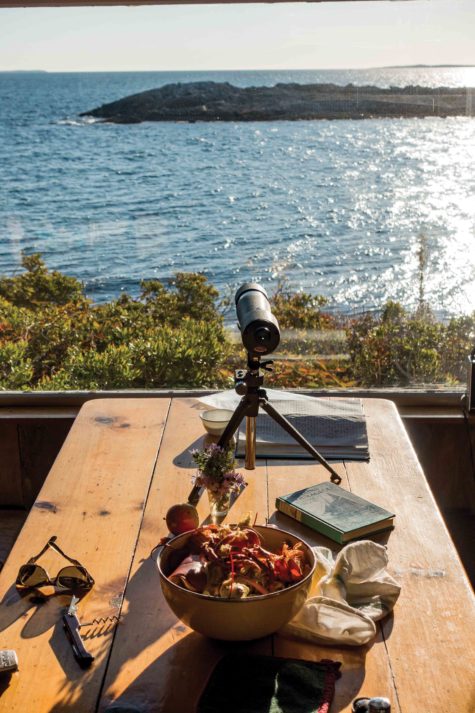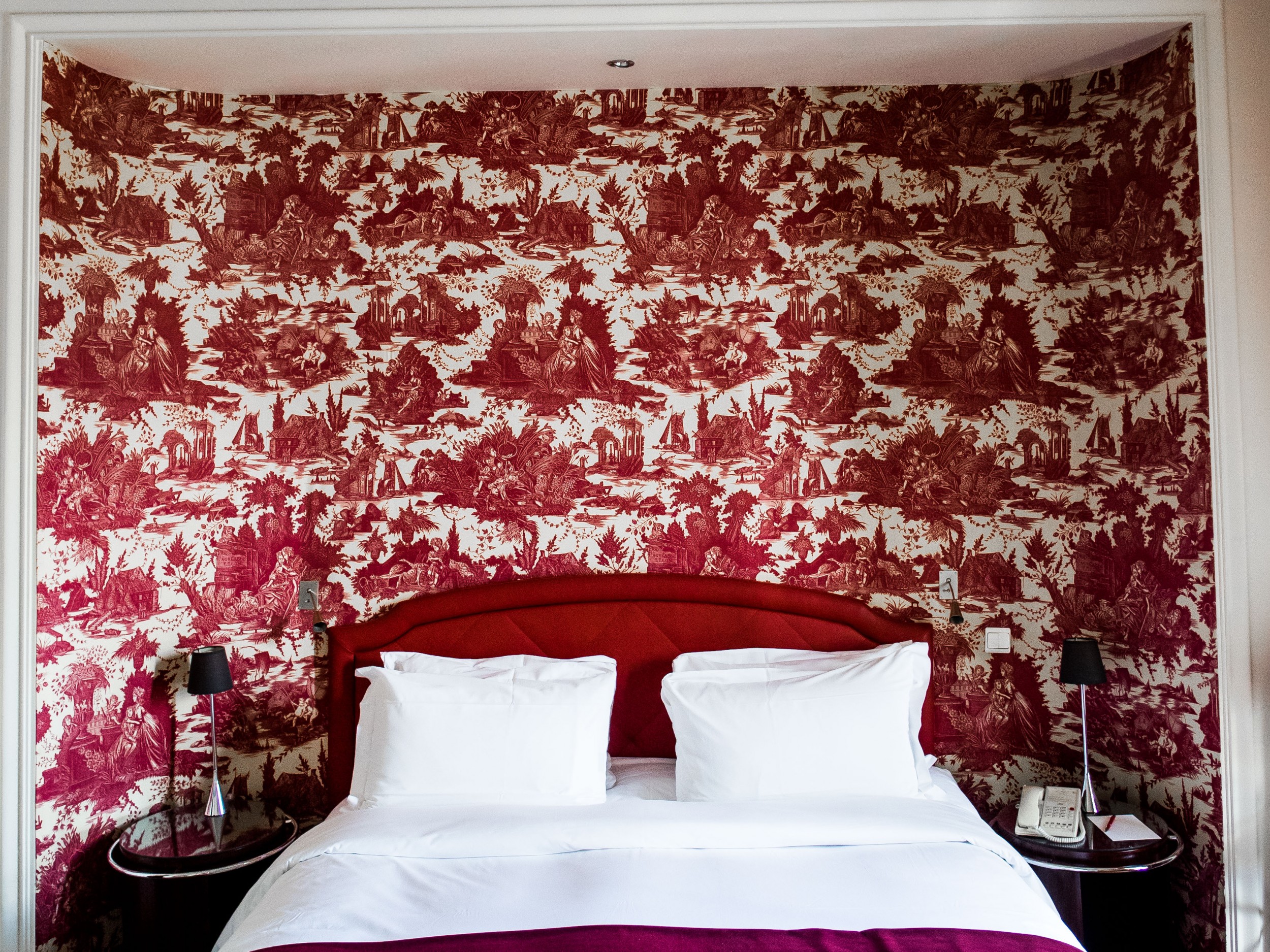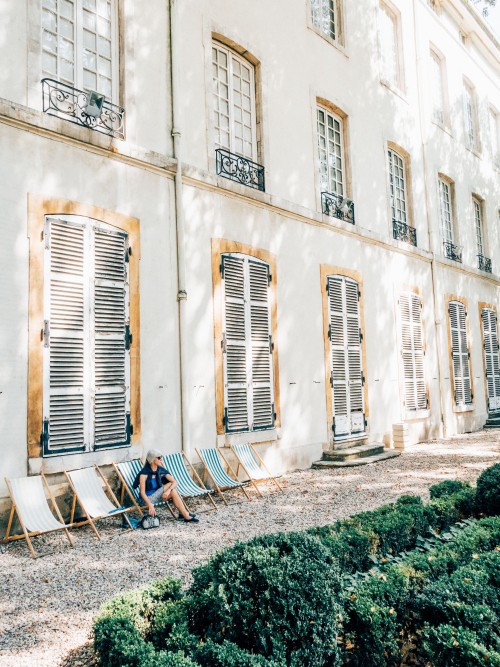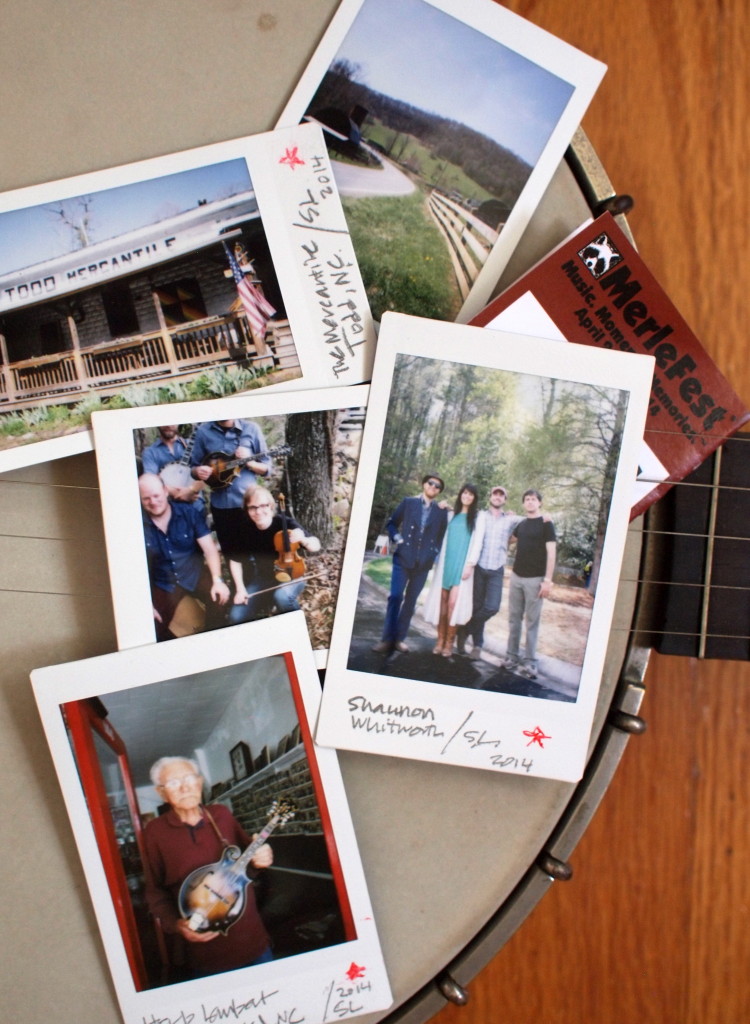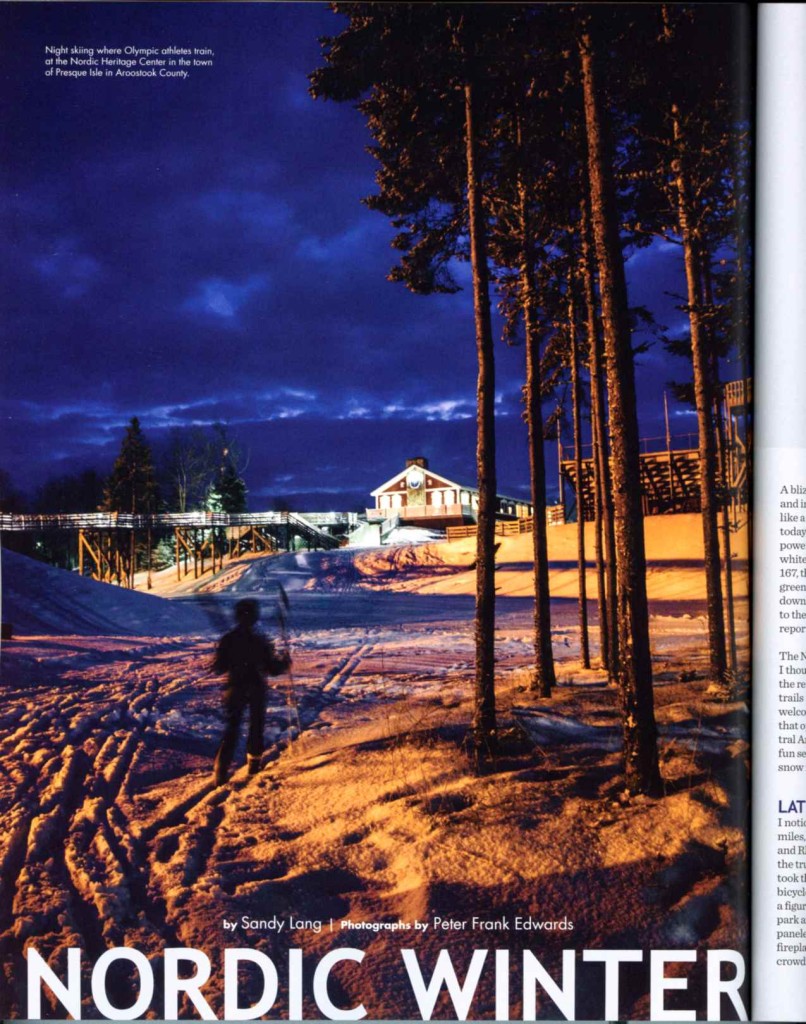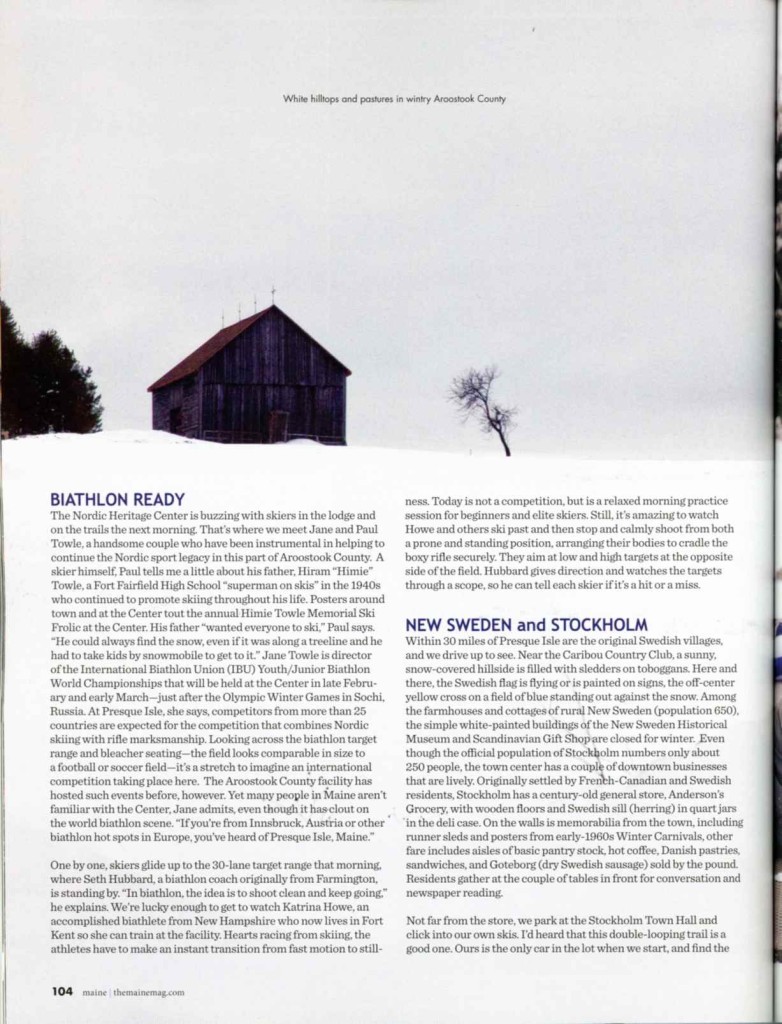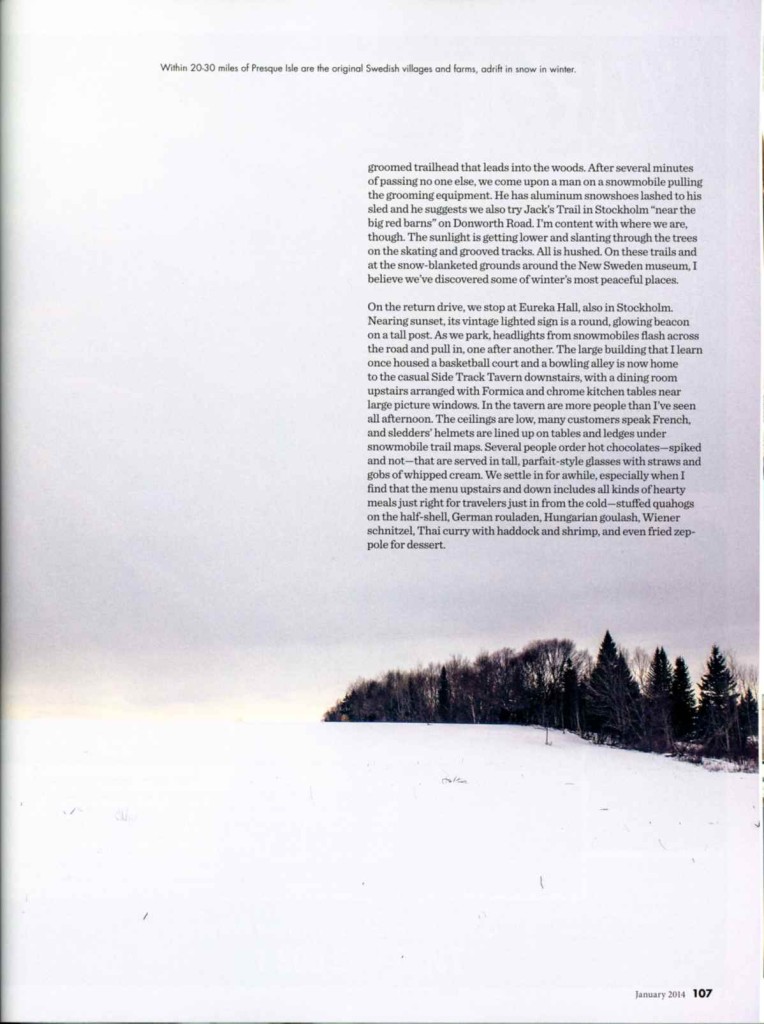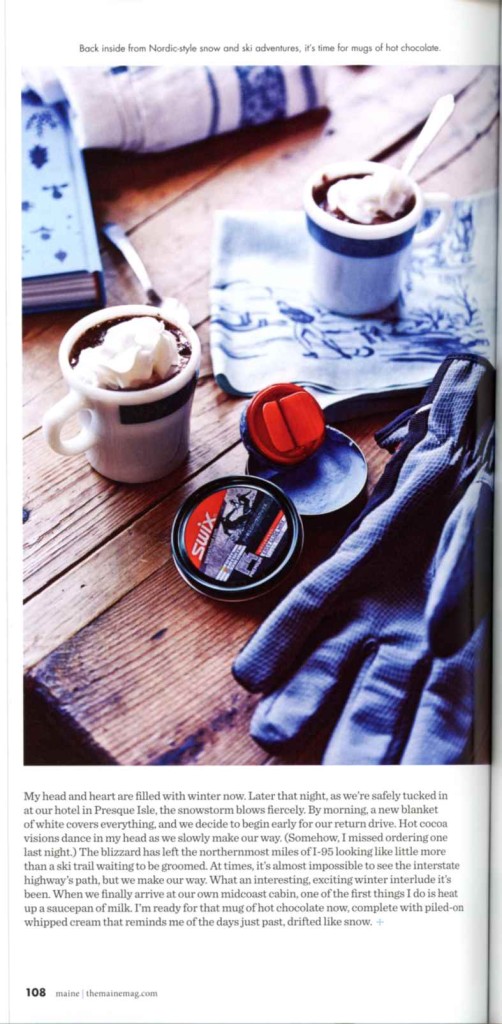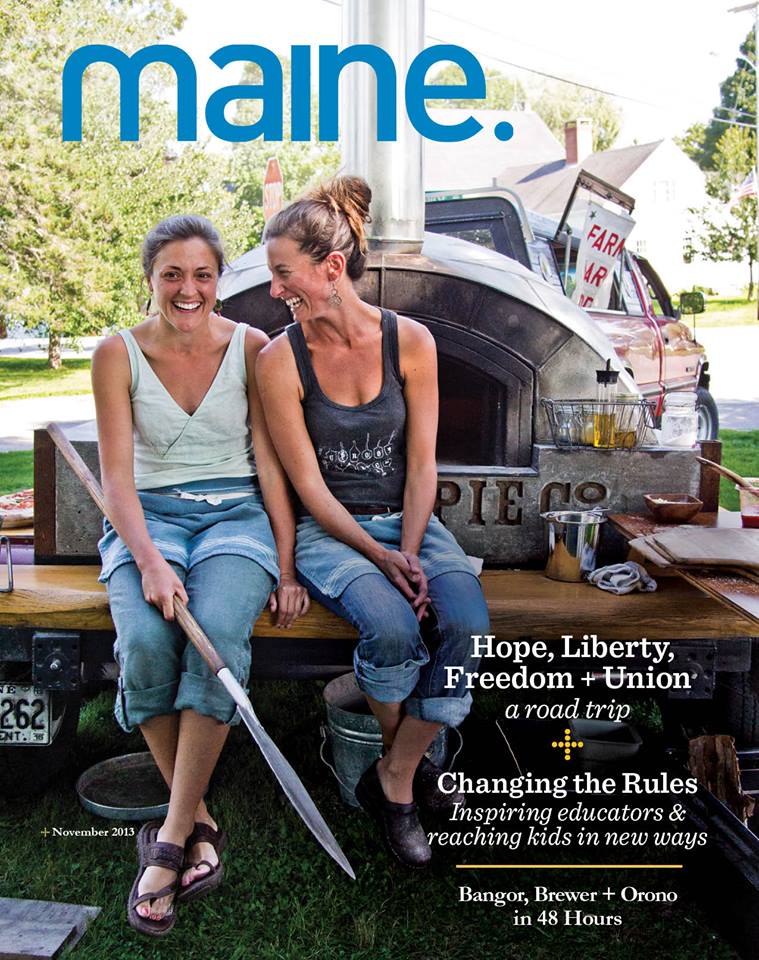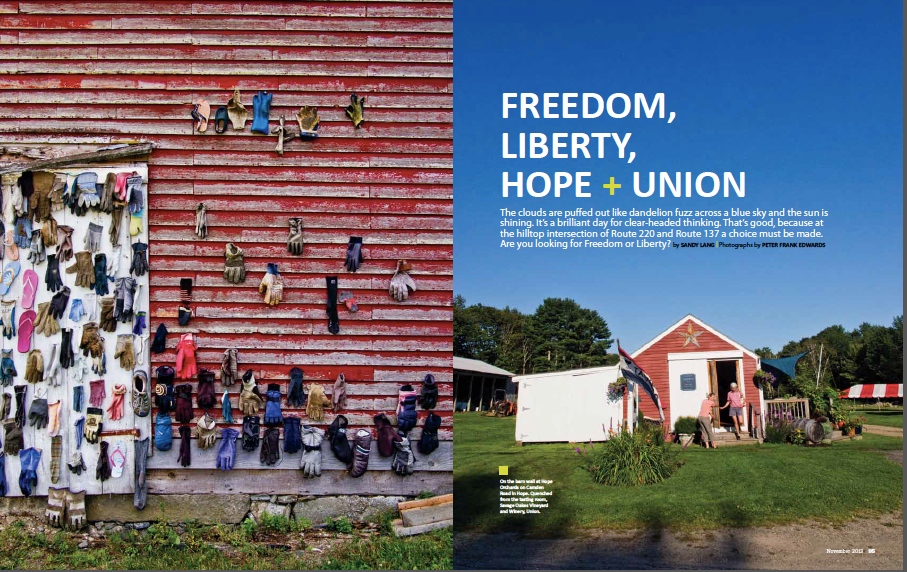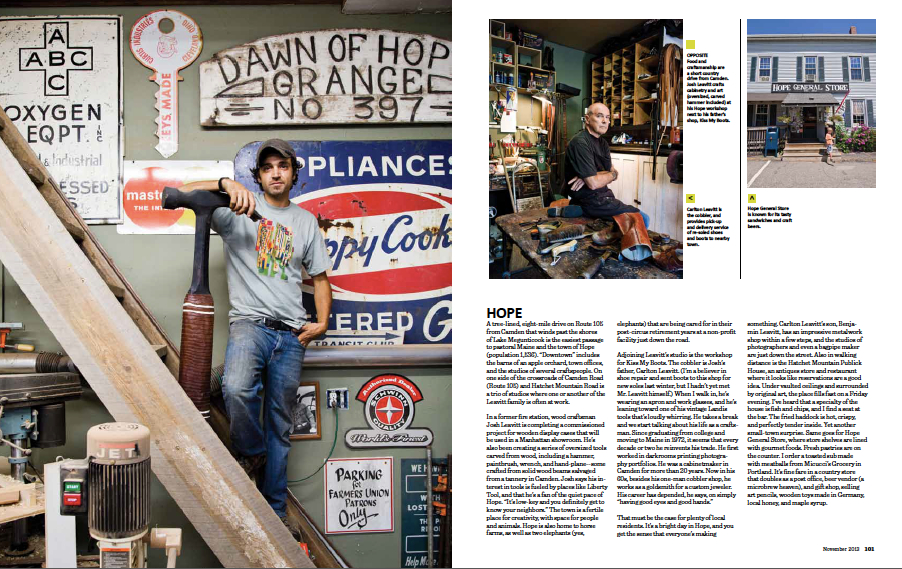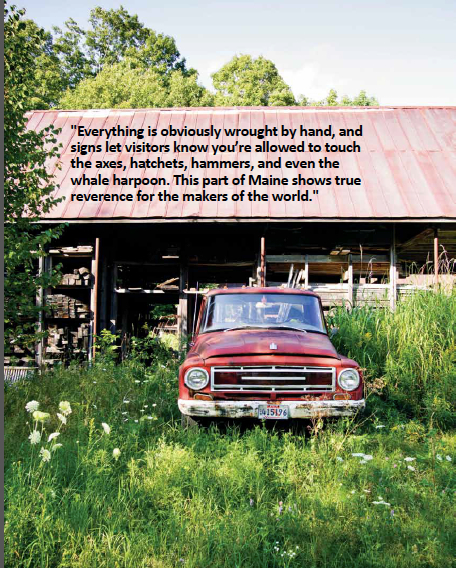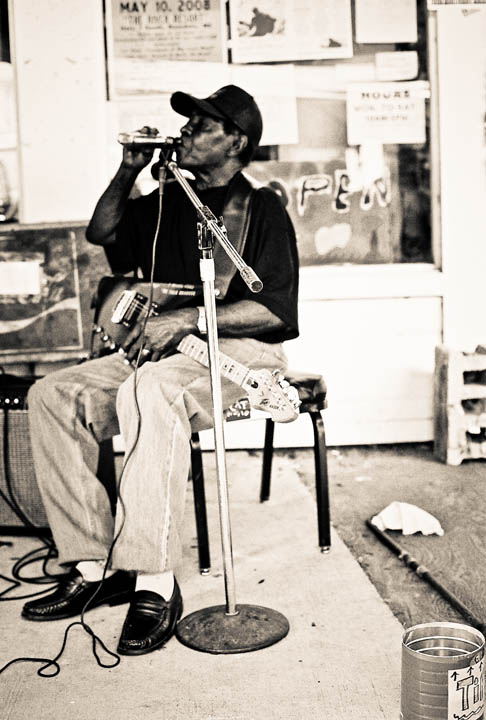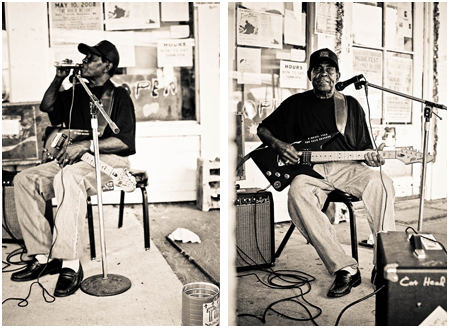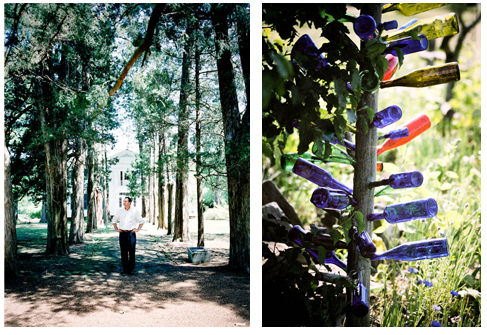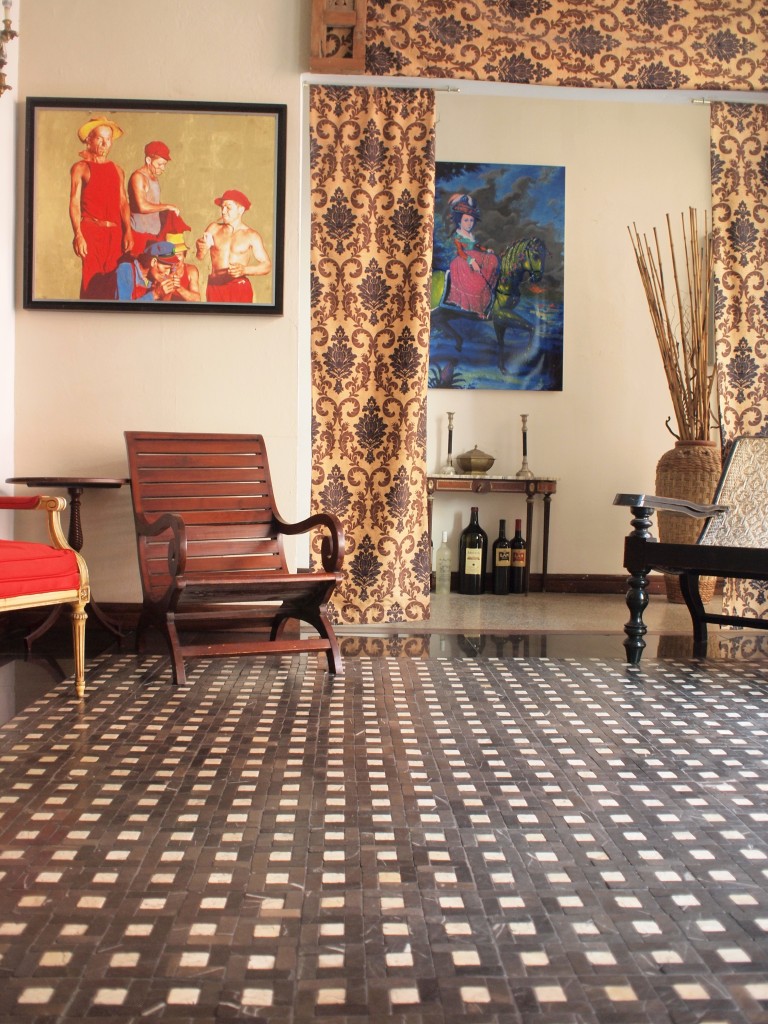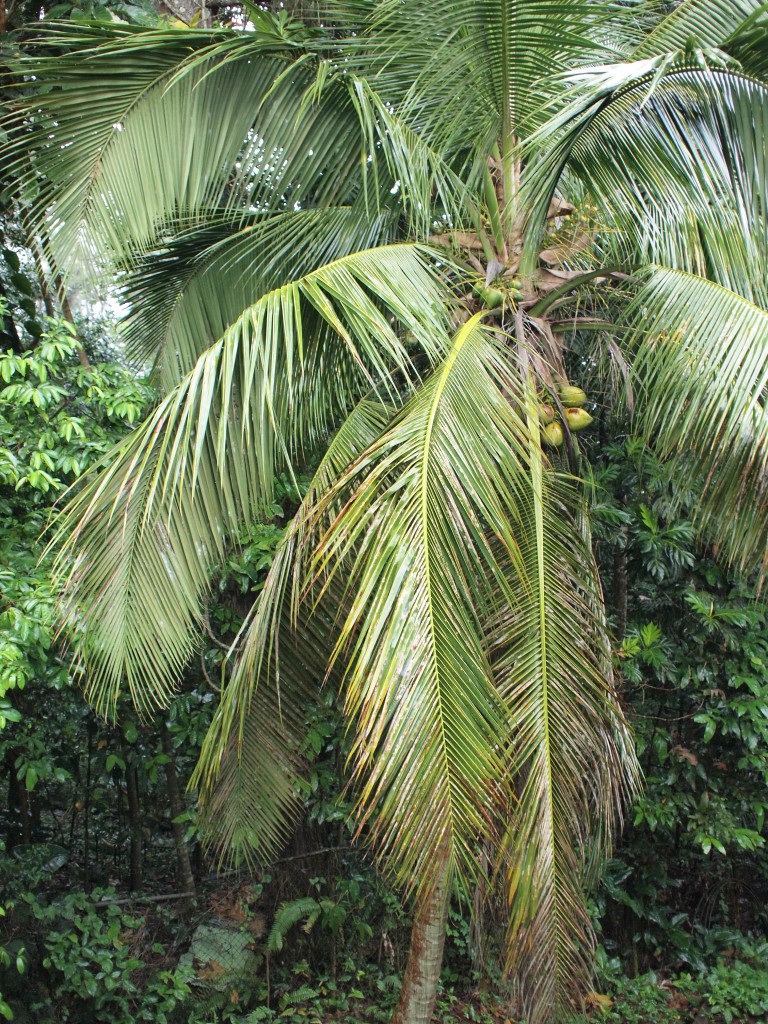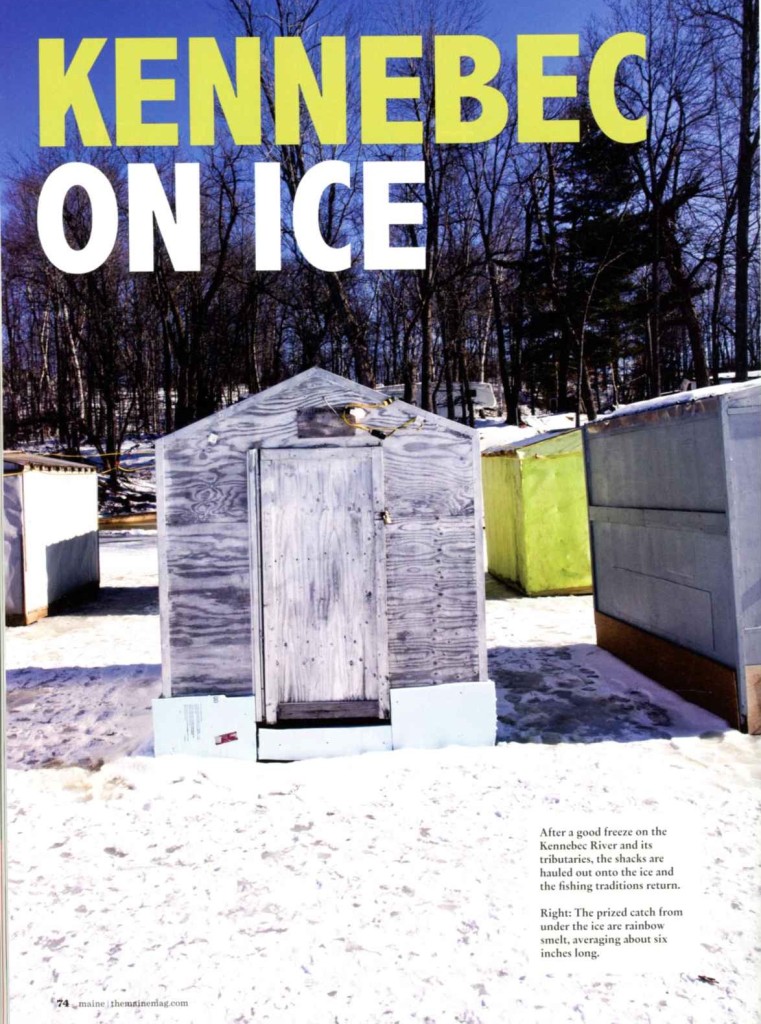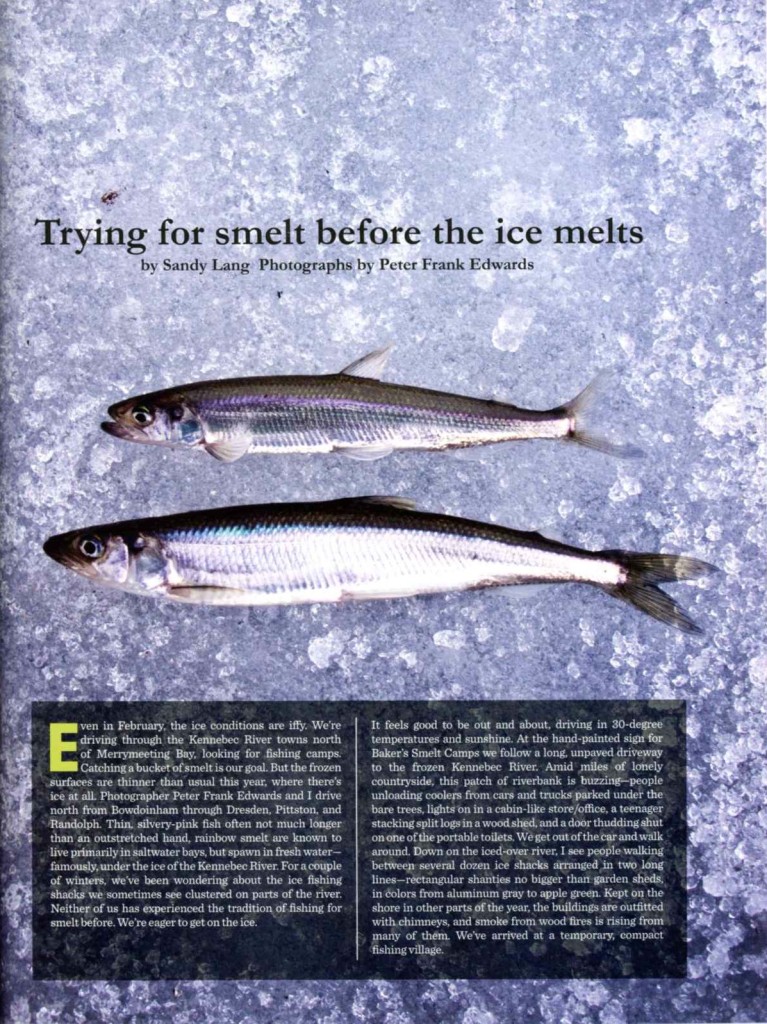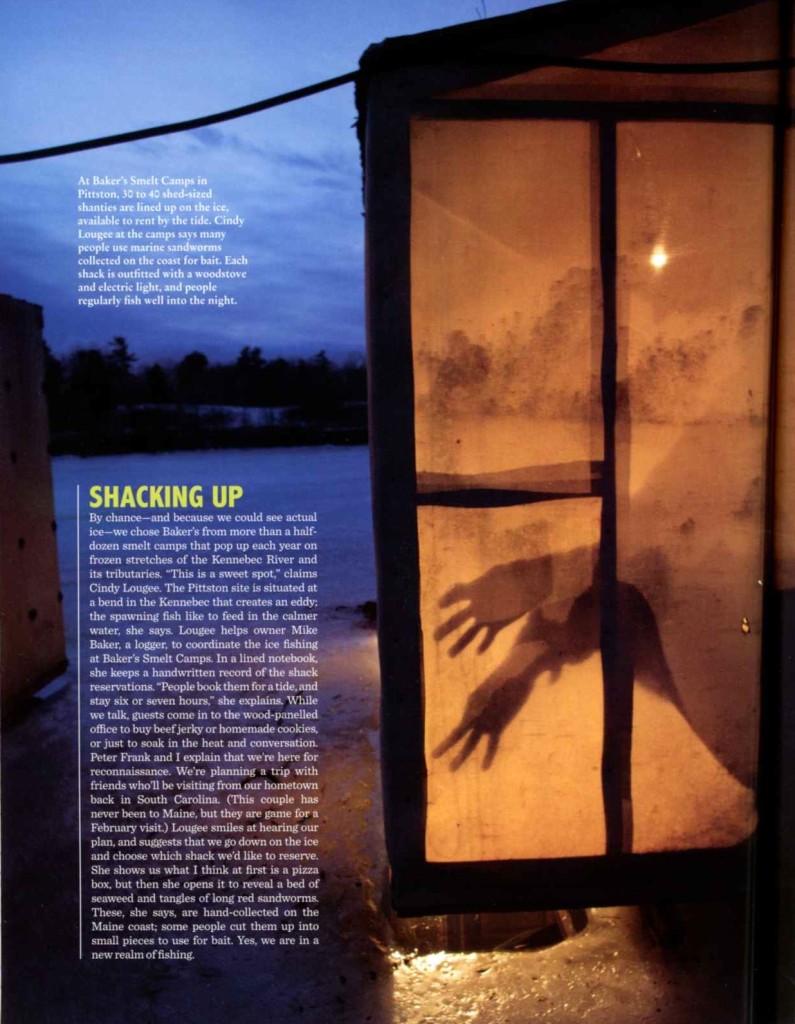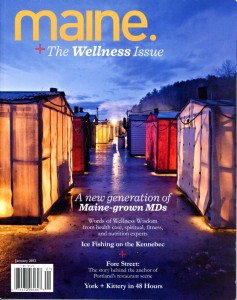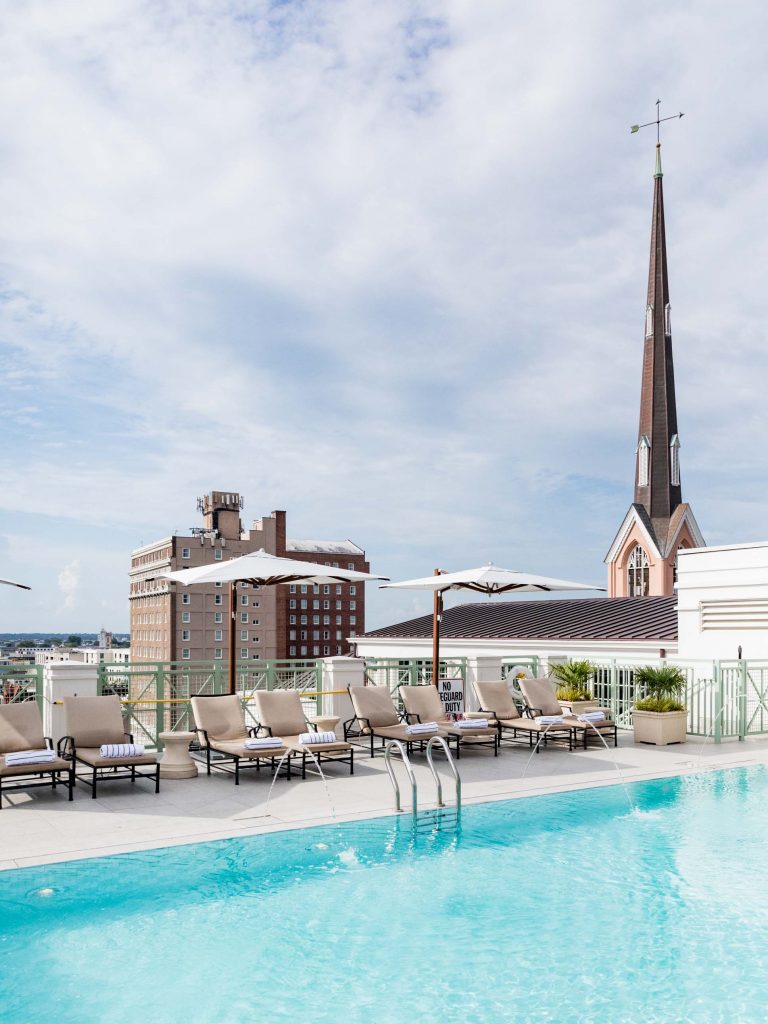
Charleston view from the Hotel Bennett, photo copyright Peter Frank Edwards, www.pfephoto.com.
Overlooking Marion Square treetops, Hotel Bennett is plush with design details and tucked-away spaces, including the very pink champagne bar, exclusive King’s Club veranda, and lovely Gabrielle restaurant.
The views are of places you know, but you’ve never seen them like this.
From a sixth floor veranda at the Hotel Bennett that opened this year on King Street, the very top of steeple of St. Matthew’s is eye level from your lounge chair.
And from a secluded, third-floor porch that feels like no one else in the hotel has discovered, you can see directly into a birds’ realm of treetops—songbirds and sea gulls out there—while below, the hotel’s terrace spills into the green of Marion Square like a Paris café.
Speaking of green, Hotel Bennett is flush with springtime greens and turquoise blues inside, in a decor layered with texture and detail. Velvet couches, glass and crystal chandeliers, coffered ceilings, patterned floor tiles, and original paintings and murals create interest and a timelessness that can be rare to find in new buildings. Charleston hotelier and restaurant owner Michael Bennett spent over two decades (and a dollar total he hasn’t shared) to purchase the site, plan, and carefully develop the luxury downtown lodging. The construction phase began in 2015.
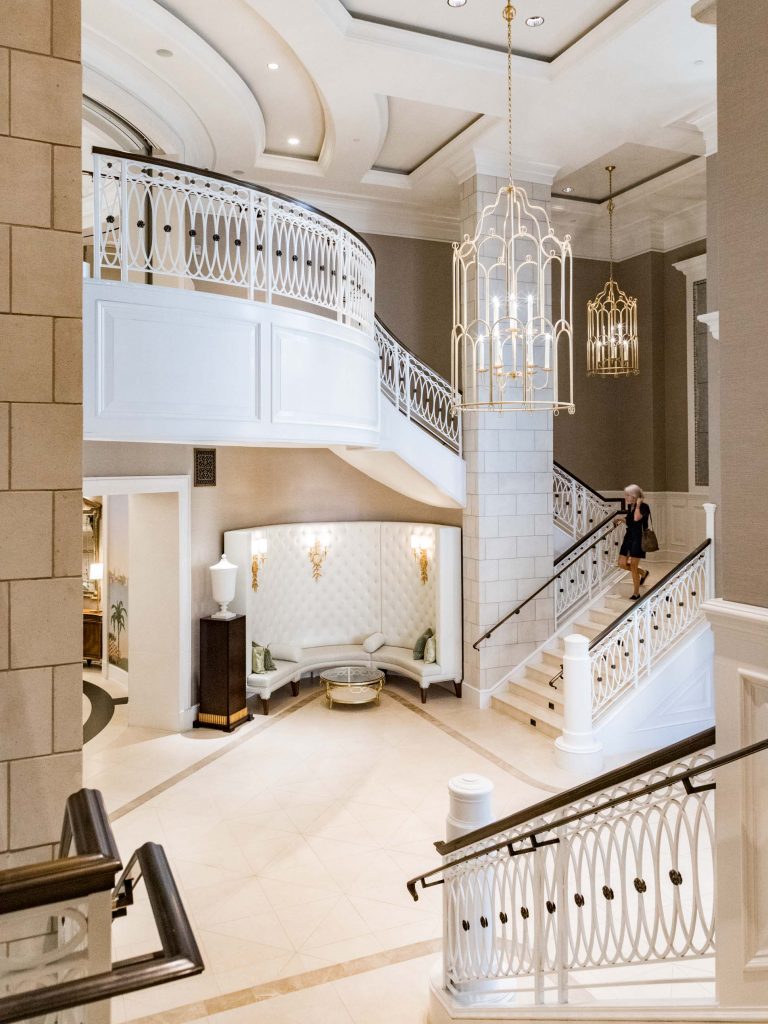
Inside the Hotel Bennett, Charleston. Photo copyright Peter Frank Edwards, www.pfephoto.com.
This is a hotel to fully inhabit and explore, I think, as my heels click across the marble floors downstairs, and step noiselessly on the plush carpet of upstairs hallways. And the polished surroundings offer a happy excuse to dress up. That’s what a couple of friends and I did in early spring when we spent a few hours in Camellias, the oval-shaped, jewel box of a champagne bar downstairs. (Love the story that the design is a nod to a Fabergé egg—and that the pink granite of the bar and tabletops was salvaged from the exterior walls of the Charleston County Library on this site.)
For a summertime mini-staycation in our hometown, my photographer partner and I book a King’s Club level stay at Hotel Bennett, a top-tier option that includes exclusive access to the sixth-floor view and its outdoor lounge seating. The bellman leads us to a discreet doorway that opens to the corner suite of rooms housing the King’s Club, which is staffed with a concierge and help-yourself drinks and bar, and a changing array of tasting platters from morning until night. (There’s also Fiat Lux, the ninth-floor, rooftop bar beside the pool that’s open to hotel guests and the public, and that attracts a sunglass-wearing crowd for icy cocktails and elevated views of downtown, Marion Square, and across East Side rooftops toward the Ravenel Bridge.)
By late afternoon downstairs in the gold and green dining room of Gabrielle, which faces Marion Square, an oversized silver ice bucket of champagne beside velvet drapes is chockfull of bottles, at-the-ready for dinner service. At one of the tables dressed with Hotel Bennett-embossed fine china and diamond-textured white tablecloths, we try rich forkfuls of foie gras plated with sliced red and green strawberries, and a filet of red snapper with seared-crisp skin atop eggplant ratatouille. Meanwhile, in the adjoining bar near the piano, guests are tasting tins of Hackleback caviar and sipping Moët & Chandon, and outside in Marion Square, a young man practices soccer kicks as the sunlight softens. I lived downtown in the early 2000s, and it’s always good to be in the city overnight again—and particularly so in an ultra-comfortable and quiet guestroom just upstairs.
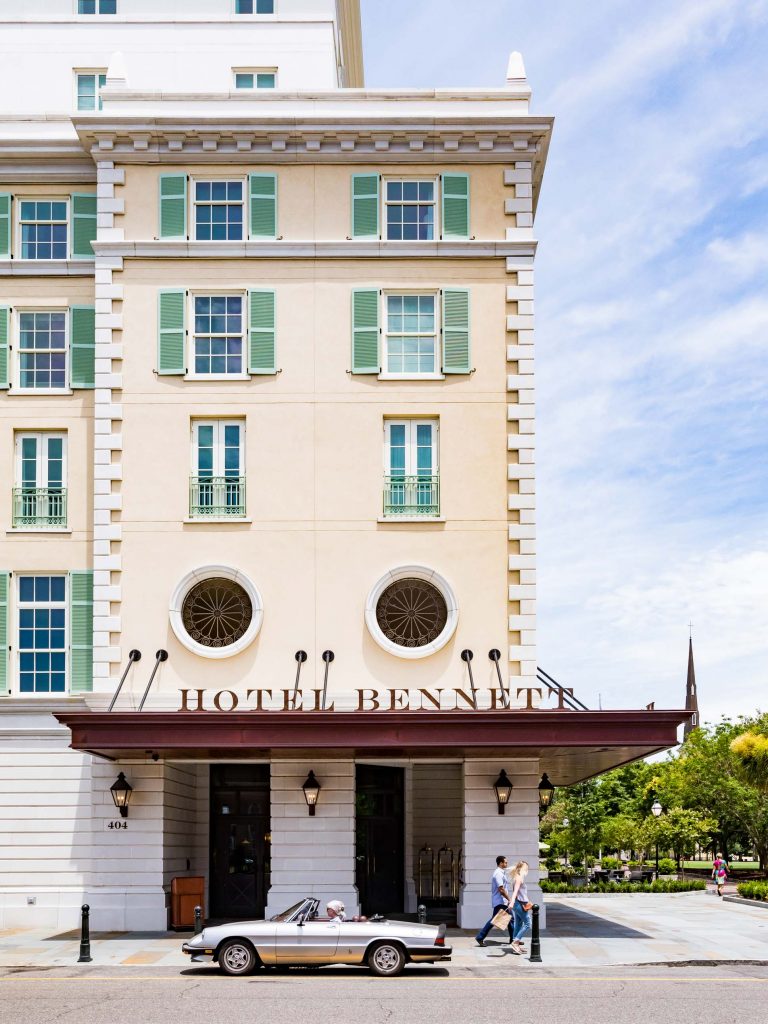
Returning to the Hotel Bennett on King Street, Charleston. Photo copyright Peter Frank Edwards, www.pfephoto.com.
In the soft light of morning, we follow a hum of conversation to the white-tiled La Pâtisserie, housed within the hotel and with a storefront on King Street. There, we meet Rémy Fünfrock, a Lyon, France-born pastry chef who sips an espresso and explains that at first sight of the pink, gold and silver decor of Camellias, he began to imagine making the signature, cupcake-sized (and larger) glossy, pink domes of Camellia Cake. He points to several of the glazed confections in the glass pastry case—each a concoction of strawberry mousse cheesecake and lemon spongecake.
“Ah,” Fünfrock says, nodding, when he recognizes that we understand his inspiration. “You have seen the beauty of the hotel.”
– By Sandy Lang, 2019
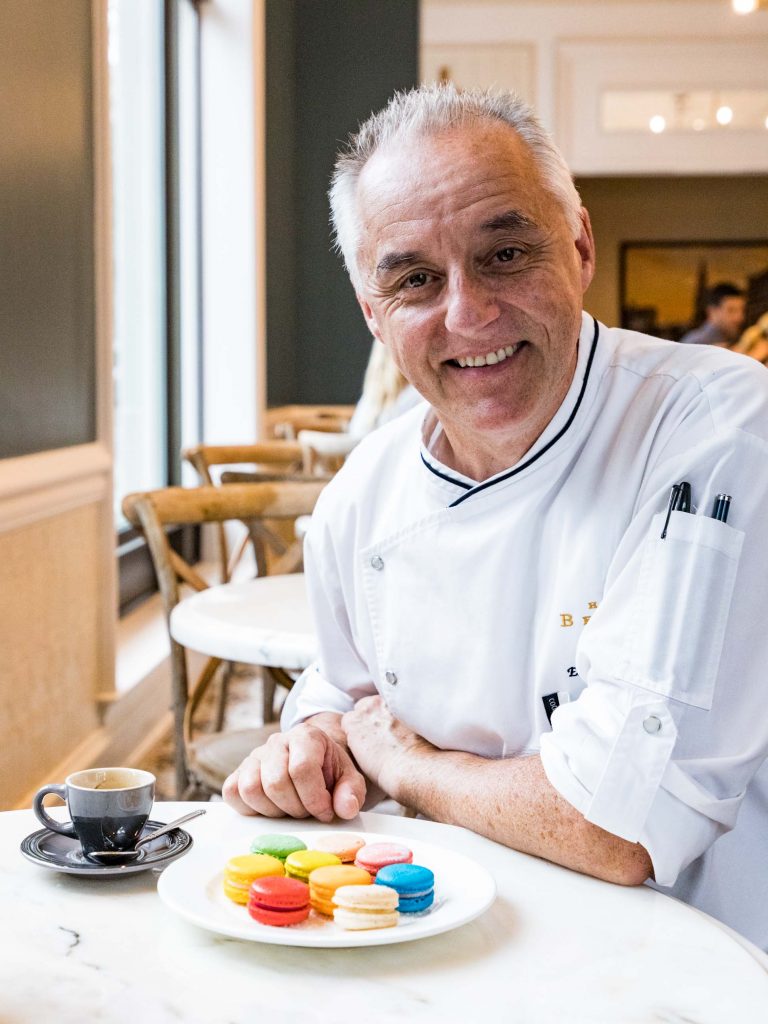
Pastry chef Rémy Fünfrock at he Hotel Bennett on King Street, Charleston. Photo copyright Peter Frank Edwards, www.pfephoto.com.
Photographs by Peter Frank Edwards
